Famously referred to as rai or sarson, mustard seeds are little seeds with an uncommon flavour, bubbliness, and intriguing aroma. These seeds are profusely used in Indian cuisine. Mustard seeds belong to the same genus as cabbage and turnips and are an annual plant; all parts of the mustard plant, including the seeds, leaves, and flowers, are edible.
To add mustard seed flavour to your dishes, cook the seeds in oil until they pop. Then, add them to your recipe as desired. You can also grind the seeds into a powder and use it as a spice. Whether you use them whole or ground, mustard seeds are a great way to add flavour and nutrition to your meals!
Table of Contents
- Different types of Mustard Seeds
- Origin of Mustard Seeds
- Interesting facts about Mustard Seeds
- What does Mustard Seeds taste like?
- Cooking with Mustard Seeds
- Health benefits of Mustard Seeds
- Skin Benefits of Mustard Seeds
- Hair benefits of Mustard Seeds
- How to store Mustard Seeds?
- How to use Mustard Seeds?
Different types of Mustard Seeds
- The plant that yields black mustard seeds is called Brassica nigra. Black mustard seeds originated in the Middle East and Asia Minor and are endemic to North Africa, as well as some regions of Europe and Asia. The tiny seeds have been separated from their seed coverings. They can be used whole or powdered into a spice, and are frequently added to hot oil to enhance flavour.
- Brown mustard, which comes from the Brassica juncea plant, is also frequently referred to as Indian mustard or Chinese mustard. Brown mustard seeds come in a variety of colours, from those having a seed coat that is dark brown to those that are dark yellow.
- White mustard, or Sinapis alba, is a plant whose seeds are used to make yellow mustard. Despite belonging to the same family as the other two mustard varieties—the Brassicaceae—it is not as closely connected to them as they are. Light tan seeds, which are a little bigger than brown mustard seeds, are produced by the white mustard plant. Due to the addition of turmeric or pigment, these turn out to be the vibrant yellow mustard.
Origin of Mustard Seeds
- Black mustard seeds are assumed to be the variety of mustard seeds referenced in the Bible since they have been employed by the Romans since antiquity. The name "mustard" is most likely derived from black mustard seeds. They were known as mout-ardent (burning must) in mediaeval France when combined with unfermented grape juice (must), which became moutarde in French and mustard in English.
- Brown mustard, which has its roots in the Himalayas, has largely replaced black mustard in American and British kitchens, especially in Chinese restaurants in the United States. The fact that the white mustard plant can be grown in both cooler and warmer climes and that it is native to the Mediterranean region may account for some of its popularity.
Interesting facts about Mustard Seeds
- The mustard plant produces mustard seeds. The family of cruciferous plants includes the mustard plant. Cauliflower, broccoli, cauliflower, Brussels sprouts, and other vegetables all belong to the same plant family.
- The second most popular spice traded worldwide is mustard seed.
- The Bible mentions mustard five or six times. One time it was referred to as the greatest herb ever.
What does Mustard Seeds taste like?
The most potent of the three, but least popular, are black mustard seeds. As evident in the majority of brown mustard sauces, brown mustard seeds are milder than black and hotter than white mustard seeds.
White mustard seeds contain intense taste makers, especially sinalbin, but they are milder than brown or black mustard seeds. As opposed to brown and black seeds, which send heat up the nose, their heat primarily lingers on the tongue. In comparison to those types, the heat also lasts less time.
Cooking with Mustard Seeds
- Black mustard seeds are a staple of Indian cuisine. They are frequently stir-fried with other aromatic ingredients while being kept whole and cooked (or toast) before being added to a dish. Toasted white mustard seeds can be added to food or used in pickling. You can grind mustard seeds to make your own DIY mustard condiments.
- Making mustard is the most typical application for mustard seeds in a dish. But there are other dishes that incorporate black mustard seeds for flavour and texture, particularly in Indian cuisine. The seeds are cooked with the other ingredients after being sautéed in oil until they pop. Not only are brown and white mustard seeds used to make mustard, but they are also a component of pickled spices.
- Brown mustard seeds are used to make the common table mustard in Russia as well as Dijon mustard and various specialised mustards in Europe. Brown mustard seeds are used to make sauces and mustard oil in Asian nations. This mustard oil is not imported into the United States because it may contain dangerous erucic acid. Yellow mustard condiment is made from pulverised white mustard seeds.
Health benefits of Mustard Seeds
In addition to the advantages of mustard seeds for taste and their widespread availability, there are a number of advantages for our health. The following list includes some of the health advantages of mustard seeds.
Cancer treatment
It is known that substances found in mustard seeds, such as myrosinase and glucosinolates, utilise phytochemicals to suppress the formation of cancer cells. This is unquestionably a significant health benefit of mustard seeds.
Rheumatic Arthritis
Rheumatic arthritis sufferers can find treatment from mustard seeds. It aids in alleviating this issue because it contains selenium and magnesium.
Migraine
Because of the magnesium in mustard seeds, migraine frequency also decreases. You can increase the amount of omega-3s in your fish by adding a tiny bit of mustard.
Dietary fibre
Dietary fibres found in mustard seeds aid in better digestion throughout the body. They improve bowel movements, which enhances the body's general metabolism. This particular fibre is mostly very easily soluble, making it useful.
Helps in asthma
Patients with asthma are known to benefit from eating mustard seeds. It prevents asthma attacks because of the minerals copper, magnesium, iron, and selenium that are present in it.
Skin Benefits of Mustard Seeds
- Mustard seeds can work as a natural scrubber. It can be combined with either rose or lavender essential oils. Use this mixture to exfoliate dead skin cells from your face.
- Aloe vera gel and mustard seeds might work well together to moisturise your skin. Your face gets cleansed of all pollutants and is internally nourished.
- Carotene and lutein are two nutrients that are abundant in mustard seeds. Additionally, it is a fantastic source of vitamins K, C, and A. These minerals work well as an antioxidant when combined.
Hair benefits of Mustard Seeds:
- Vitamin A is well-preserved in mustard oil, which is made from mustard seeds. A fantastic nutrient for hair growth is vitamin A. It is also a fantastic stimulant that promotes quicker hair growth.
- Omega-3 and omega-6 fatty acids, as well as protein, calcium, vitamins A and E, are all found in mustard seeds. Together, these strengthen your hair from the inside out. Less hair fall also equals stronger hair.
How to store Mustard Seeds?
- Mustard seeds must always be kept in a cool location.
- To ensure that it is properly sealed, store it in an airtight container.
- The packaging needs to be entirely dry.
- The shelf where the container is placed shouldn't be wet.
- While powdered or ground mustard seeds can last up to six months, whole mustard seeds can last up to one year (at least).
How to use Mustard Seeds?
- Most commonly, mustard seeds are used to season food.
- To improve the flavour of meats and fish in non-vegetarian cuisine, it is also utilised.
- It can also be used to make chutneys and pickles.
- In salad dressings, mustard seeds are a wonderful addition.
- Brown mustard seeds are used for garnishing, once sautéed in oil a little.
- Avoid overcooking mustard seeds since they may become bitter.

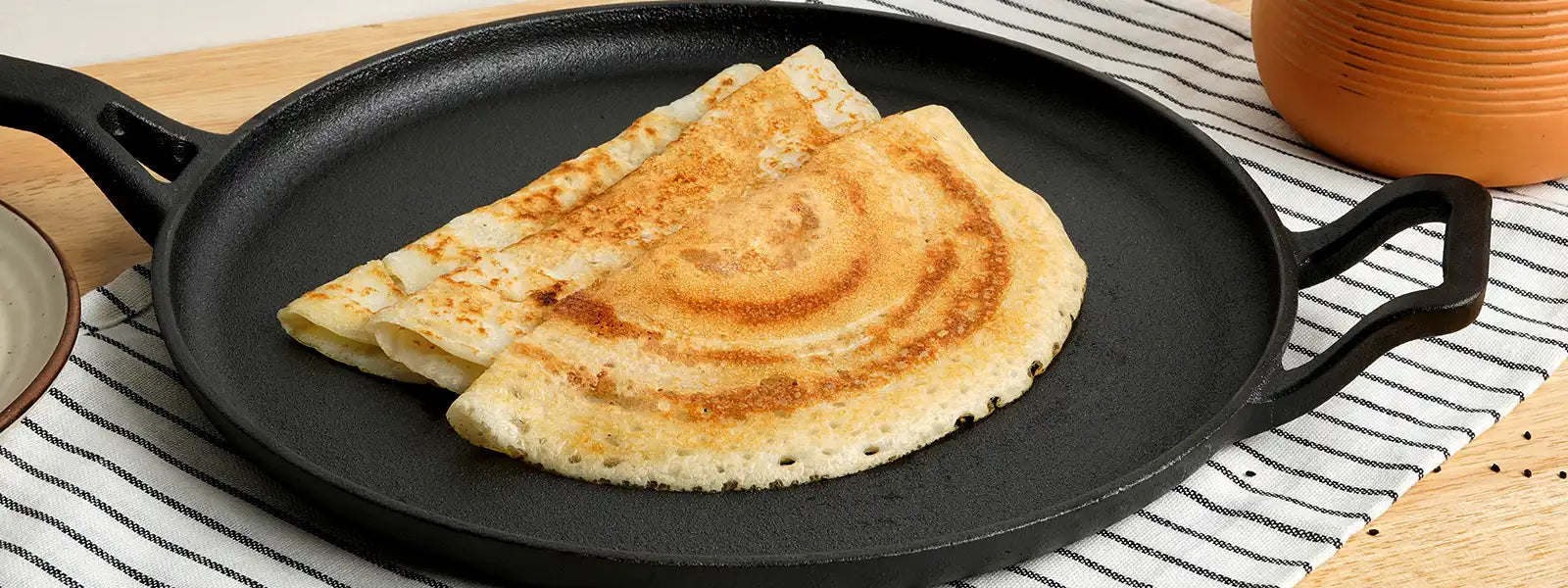
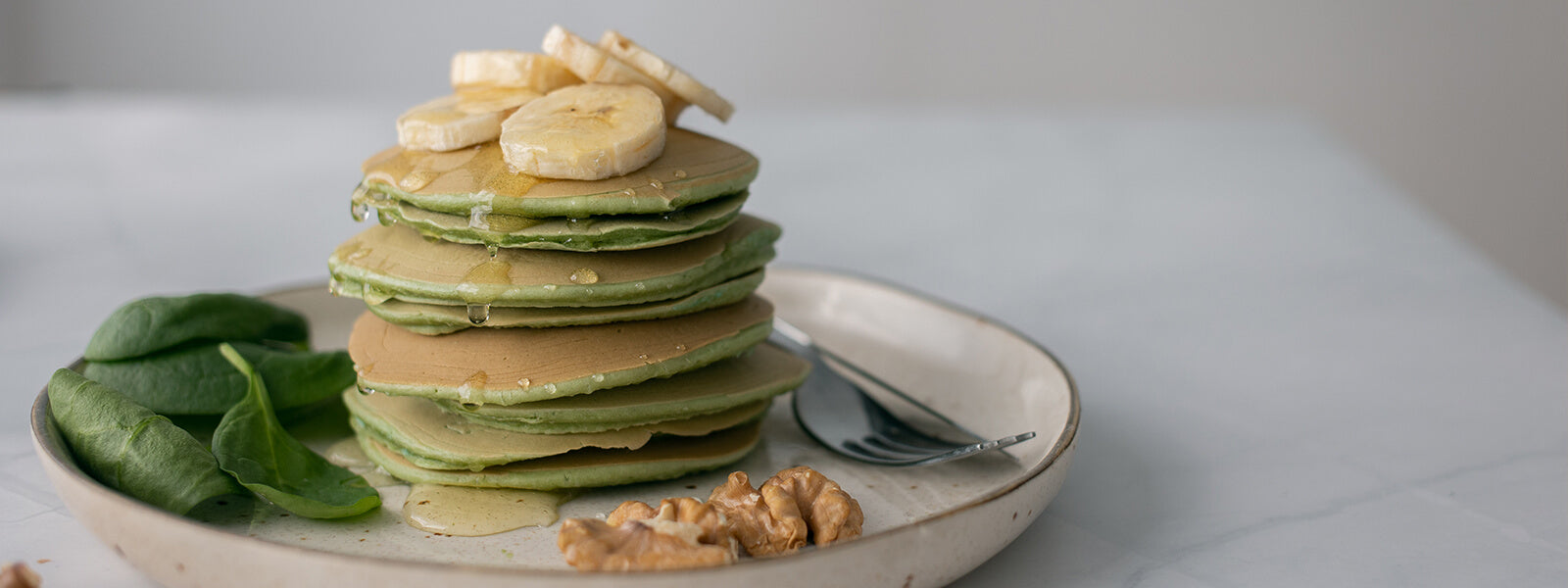
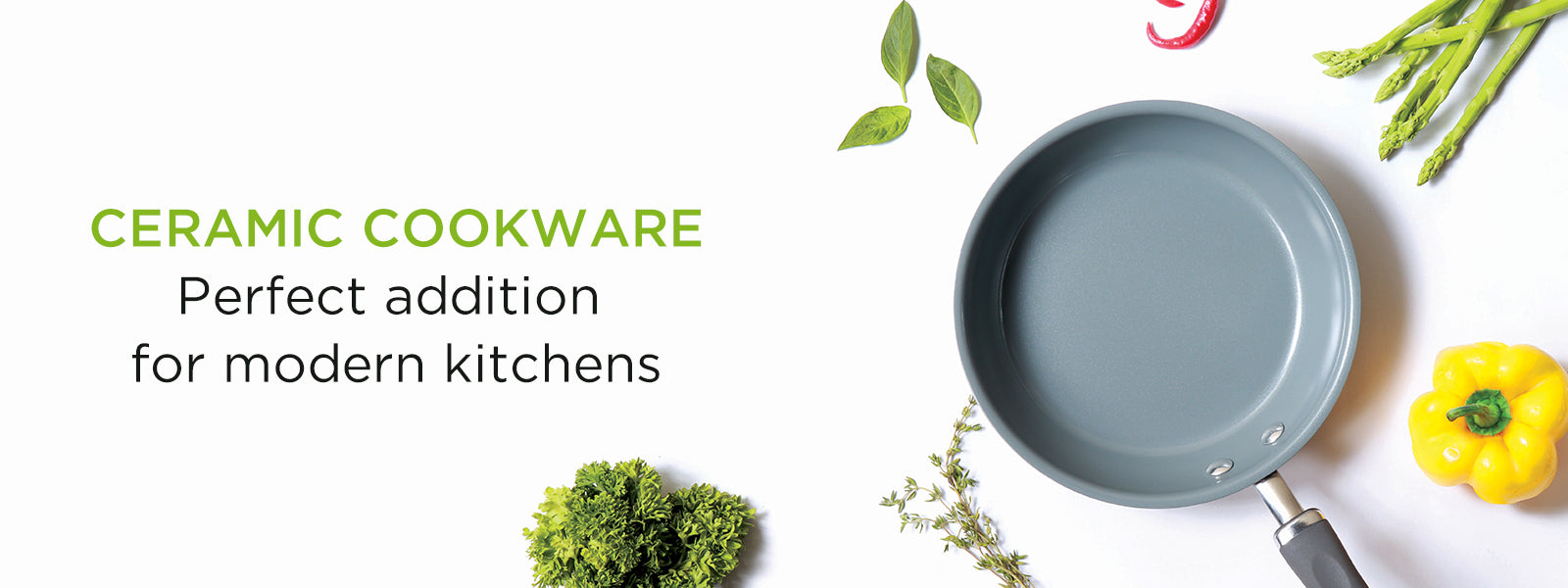

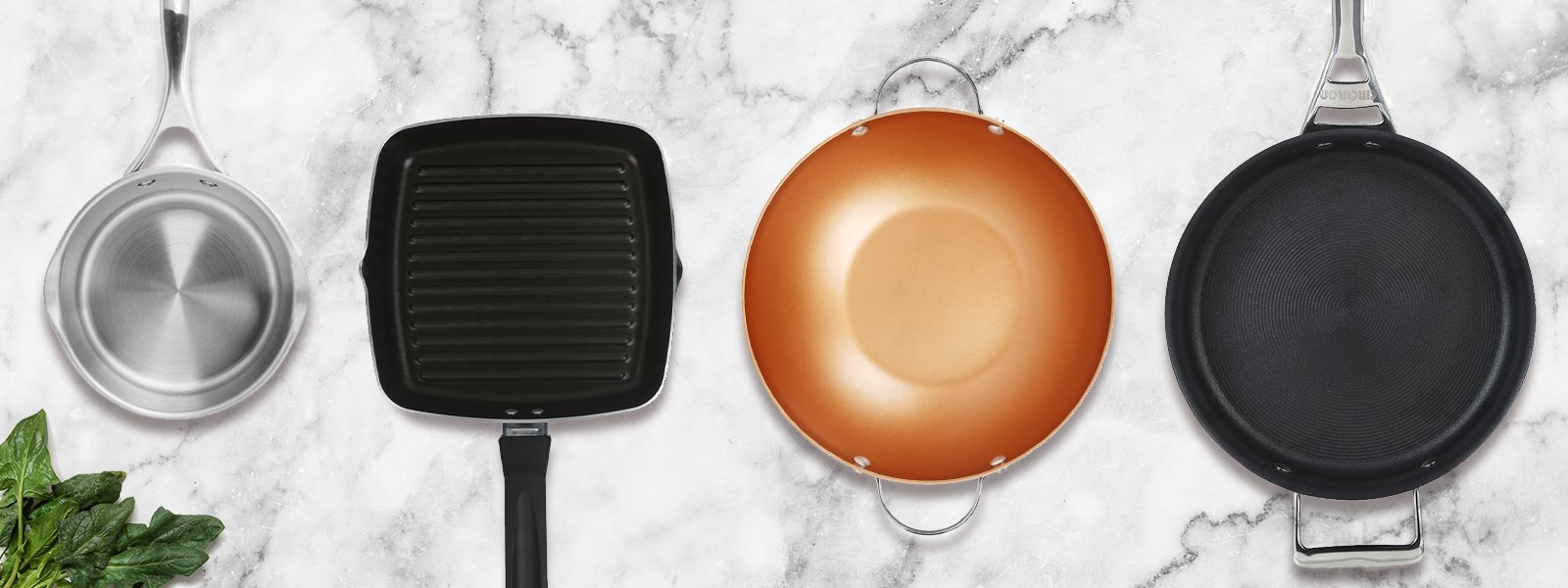
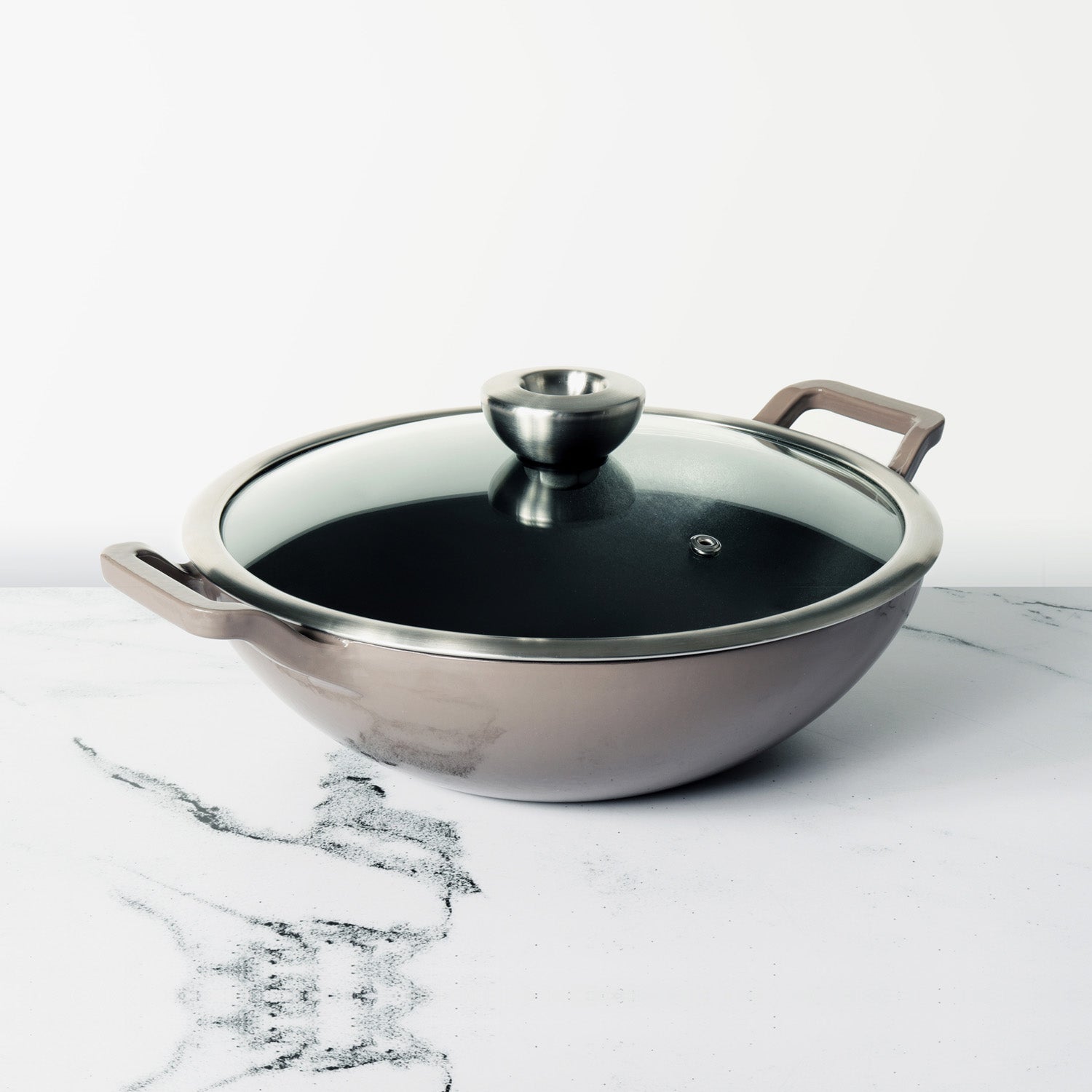





Leave a comment